WNFLB: The Ultimate Platform for Women’s Professional Football Talent”
In the world of sports, few movements are as dynamic and inspiring as the rise of women’s football. For decades, female athletes have broken down barriers and shattered glass ceilings, proving that their talent and passion deserve recognition. At the heart of this revolution is the Women’s National Football League (WNFLB), an organization that is not only transforming the sport itself but also rewriting the narrative around women’s athletics.
What is the WNFLB?
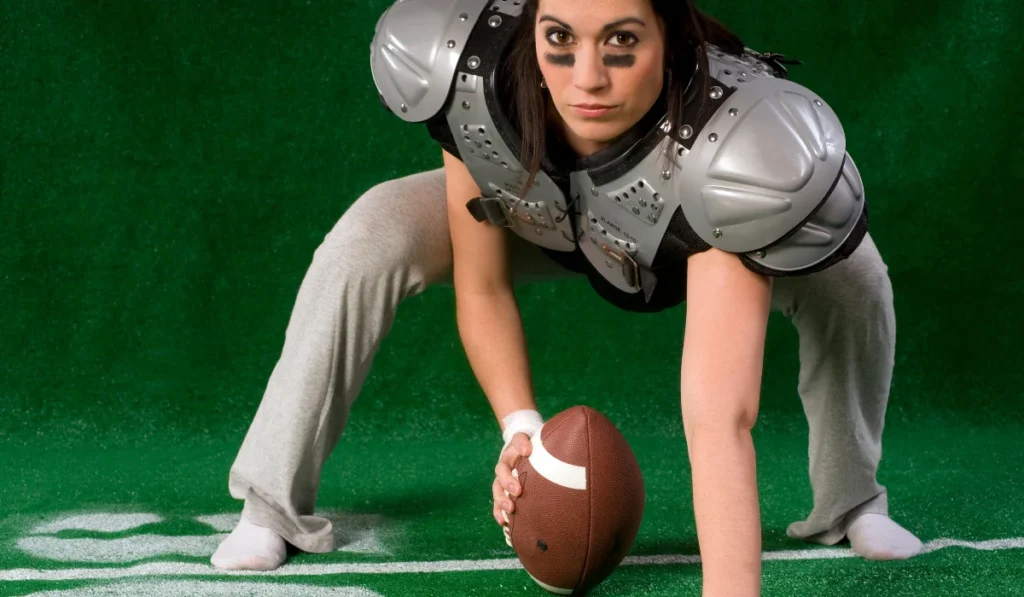
The WNFLB, short for Women’s National Football League and Bowl, is a groundbreaking initiative that seeks to elevate women’s football to new heights. While men’s football has long dominated the global sports landscape, the WNFLB is bringing the same level of attention, respect, and competition to the women’s game. It is a professional league that offers women the opportunity to play football at the highest level, with a structure modeled after major leagues around the world.
The WNFLB is not just a league; it’s a movement. It represents the passion and commitment of women who have long been sidelined in sports, and it is an opportunity to showcase the incredible talent of female athletes in a traditionally male-dominated sport.
The Importance of the WNFLB in Today’s Sports Landscape
As the world becomes more inclusive and supportive of gender equality, sports are increasingly seen as a critical arena for showcasing what women can achieve. Women’s football, in particular, is gaining momentum, with international competitions like the Women’s World Cup drawing in record audiences and interest. However, despite these advances, there is still a significant gap in terms of opportunities, resources, and visibility when compared to men’s leagues.
This is where the WNFLB steps in.
- Professionalism and Structure: The WNFLB provides a well-organized, professional platform for women’s football, giving female athletes access to top-tier training, coaching, and competition. By building a structured league, complete with regular seasons, playoffs, and championship games, the WNFLB ensures that women have the same opportunities to develop their skills and showcase their talents on a large scale.
- Growing Visibility: One of the main challenges for women’s sports is visibility. Historically, women’s sports leagues have struggled to gain the same media attention and fanbase as men’s leagues. The WNFLB is changing that by fostering partnerships with broadcasters, media outlets, and sponsors, ensuring that games are televised and promoted. This visibility is crucial not only for growing the fanbase but also for inspiring the next generation of female athletes.
- Economic Opportunities: Professional sports are not just about competition; they are also about creating economic opportunities for athletes. Through salary structures, endorsement deals, and sponsorships, the WNFLB is providing female athletes with the chance to make a living from their passion. This is a game-changer for women who want to pursue football as a full-time career and for the broader goal of closing the gender pay gap in sports.
- Inspiring the Next Generation: The WNFLB is more than just a league; it’s a source of inspiration for young girls who dream of playing football at the highest level. By creating visible role models, the WNFLB shows that girls can aspire to careers in sports just like their male counterparts. This helps shift societal perceptions about what women can achieve in sports and encourages more girls to get involved in athletics.
The Challenges Women’s Football Faces
Despite the progress made by organizations like the WNFLB, women’s football still faces significant challenges. One of the biggest hurdles is the deeply ingrained cultural bias that football is a “man’s sport.” This perception has limited the growth of women’s football in many parts of the world and often results in unequal resources, funding, and media attention.
- Funding and Sponsorships: While men’s football attracts billions of dollars in sponsorship deals and television rights, women’s leagues have historically struggled to secure the same level of financial support. Without sufficient funding, it is difficult for women’s leagues to offer competitive salaries, world-class training facilities, and the kind of marketing needed to grow the sport.
- Media Coverage: Media plays a pivotal role in shaping public perception of sports. For years, women’s sports have received only a fraction of the coverage that men’s sports enjoy. This lack of visibility means fewer fans, lower attendance, and less overall investment in the sport. The WNFLB aims to tackle this by working with media partners to ensure that women’s football is covered and celebrated.
- Cultural Perceptions: In many parts of the world, there is still a strong cultural bias against women playing sports, especially football. These outdated stereotypes not only discourage girls from pursuing football but also limit the support that women’s leagues receive from local communities and governments.
Overcoming the Barriers
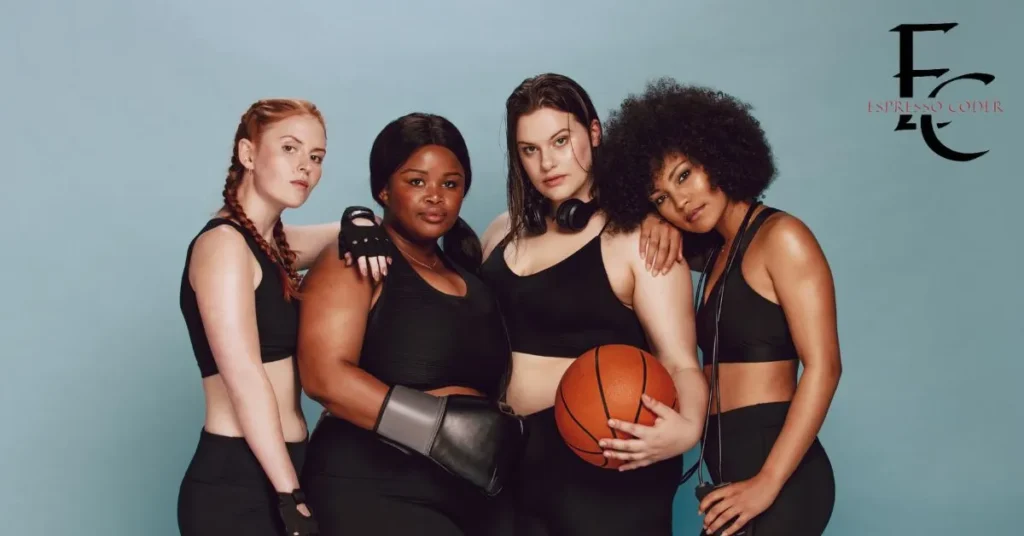
The WNFLB is actively working to overcome these barriers through a combination of advocacy, partnerships, and grassroots initiatives. By aligning with organizations that promote gender equality in sports, the WNFLB is helping to shift cultural perceptions and open doors for women in football.
- Grassroots Programs: One of the WNFLB’s key strategies is to build a pipeline of talent through grassroots programs. By investing in youth football leagues and development programs, the WNFLB is ensuring that more girls have access to the sport from a young age. These programs not only teach football skills but also emphasize the importance of teamwork, discipline, and confidence—traits that are valuable both on and off the field.
- Global Expansion: While the WNFLB is currently focused on building a strong presence in key markets, there is also a long-term vision for global expansion. Women’s football is growing in popularity worldwide, with countries like the United States, Germany, and Brazil leading the charge. The WNFLB aims to tap into this global passion for football and create a truly international league that showcases the best talent from around the world.
- Partnerships with Men’s Leagues: Another key strategy for the WNFLB is to partner with established men’s football leagues and clubs. By aligning with well-known brands in the football world, the WNFLB can leverage their fanbase, resources, and infrastructure to grow women’s football. This collaboration not only boosts the visibility of women’s football but also promotes the idea that men’s and women’s football can coexist and thrive together.
The Future of Women’s Football with the WNFLB
The WNFLB is poised to play a pivotal role in shaping the future of women’s football. As the league continues to grow, it will not only provide opportunities for female athletes but also contribute to a broader movement toward gender equality in sports. With increased visibility, better funding, and a global fanbase, the WNFLB has the potential to rival men’s football in terms of popularity and impact.
In the years to come, the WNFLB will likely inspire a new generation of female football stars, encourage more investment in women’s sports, and foster a cultural shift in how we view women in athletics. The road ahead is not without its challenges, but with the passion and dedication of the athletes, organizers, and fans, the WNFLB is well on its way to creating a lasting legacy.
Conclusion
The Women’s National Football League is more than just a football league—it’s a platform for change, equality, and empowerment. It’s a testament to the incredible talent and drive of women athletes who have long been underestimated and underrepresented. As the WNFLB continues to grow, it is set to transform not only the world of football but also the broader landscape of sports, offering a powerful example of what can be achieved when women are given the opportunity to compete on an equal playing field.
The WNFLB is not just about the game—it’s about the future of sports. And that future is bright.



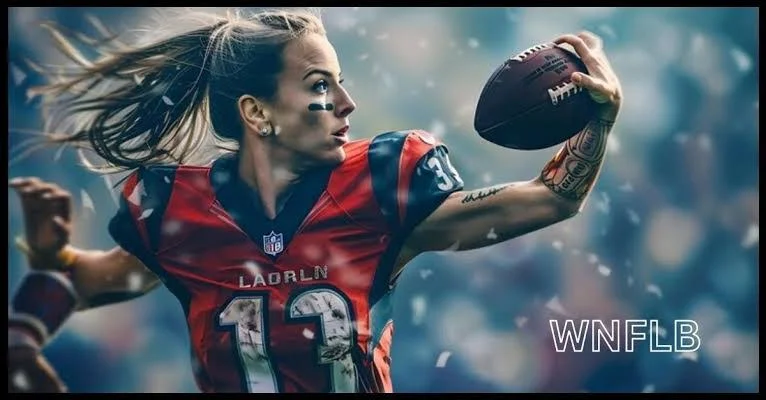
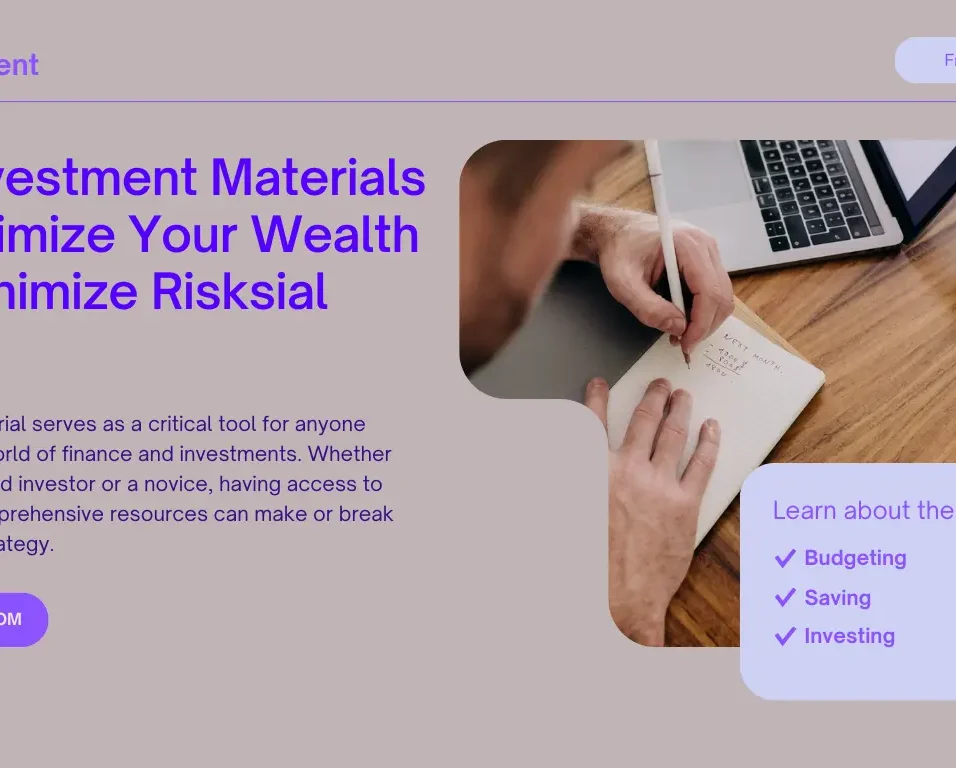

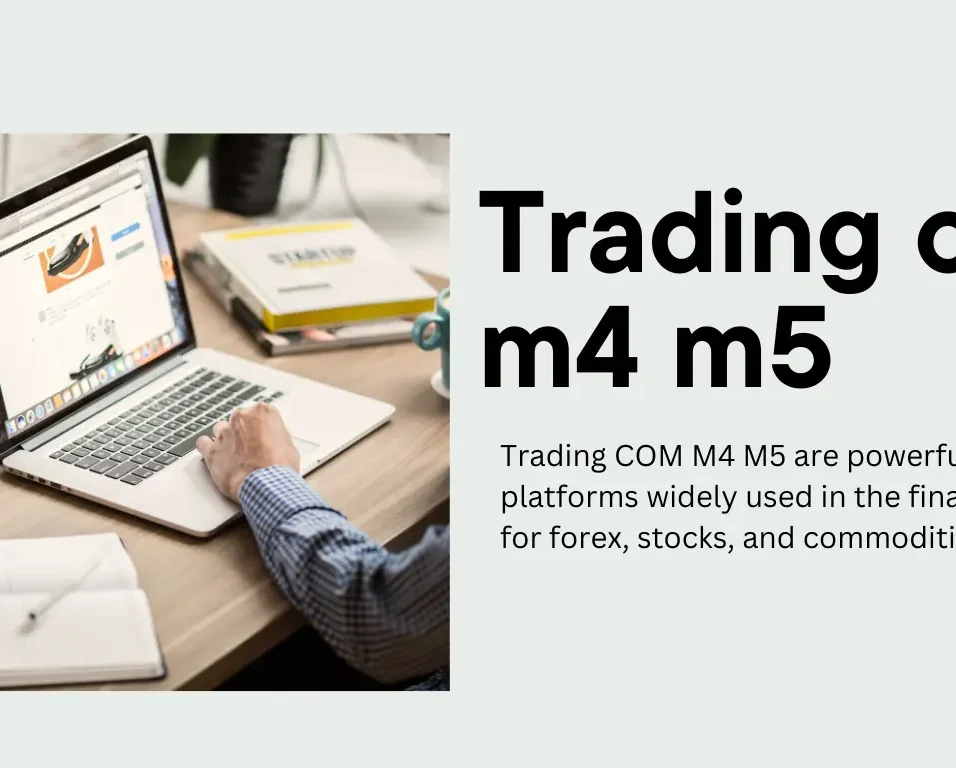


Leave feedback about this